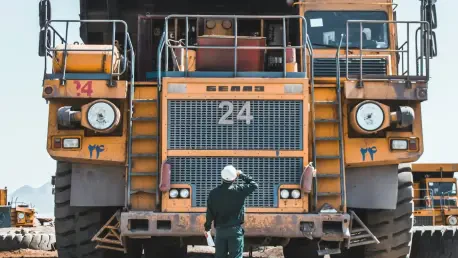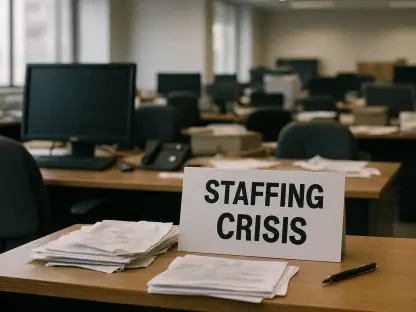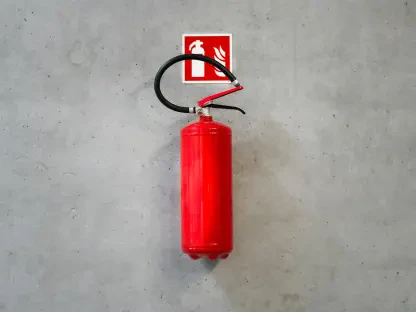In a field as perilous as mining, where accidents can have severe consequences, the importance of a cultural shift toward a safety-centric workplace cannot be underestimated. This roundup explores expert opinions on how culture plays a pivotal role in ensuring safety within mining operations, drawing on industry insights to offer comprehensive perspectives. Through interviews with industry leaders and analysis of historical data, this article seeks to unravel the intricate relationship between cultural norms and safety practices, offering actionable insights to foster a robust safety culture.
The Transformative Power of Culture in Mining Safety Norms
Industry leaders recognize culture’s transformative power in shaping safety norms and fostering compliance within high-risk environments. Strong cultural frameworks lead to greater individual accountability for safety practices, evidenced by examples where cultural shifts have resulted in marked safety improvements. Historical incidents and anecdotal narratives reveal how misconceptions and inadequate cultural norms once contributed to noncompliance, highlighting culture’s potential to drive positive change.
Despite acknowledging this transformative power, some experts express concerns about cultural challenges and divergent viewpoints. The existence of outdated norms can hinder progress, necessitating critical evaluations of existing practices. A balanced approach that respects diversity while aligning all facets of an organization under a unified safety-centered vision is essential for overcoming these challenges.
Employee Engagement: A Pillar of Safety Culture
Experts emphasize employee engagement as a cornerstone of a safety-centric culture essential for meaningful progress. Engagement has moved beyond mere participation, requiring active collaboration between employees and management to identify and implement effective safety measures. This shift from compliance-focused communication to cooperative dialogue ensures policies are developed with ground-level insights, promoting sustainable practices that protect personnel.
Real-world instances where collaborative safety initiatives have led to reduced incidents underscore the importance of engagement as a cultural pillar. In this context, analyzing communication methods used in engaging employees reveals opportunities for addressing risks and enhancing dialogue toward safety optimization.
Innovations and Regional Variations Shaping Mining Safety
The sector witnesses innovations and trends that redefine safety dynamics, with regional variations impacting implementation. Technological advancements, such as AI-driven analytics and enhanced equipment, are revolutionizing safety protocols, offering new paradigms in risk management. However, these innovations are not uniformly adopted; regional factors influence acceptance and effectiveness, leading to discrepancies that necessitate careful consideration.
Breaking traditional assumptions about safety and embracing novel approaches encourages long-term growth. With the industry entering new safety horizons, embracing cultural evolution across geographical boundaries becomes central to achieving comprehensive safety advancements.
Leadership Commitment: Catalyst for Cultural Change
The commitment of leadership is seen as crucial in driving cultural change, with leaders playing a pivotal role in demonstrating safety priorities through consistent actions. Relative comparisons with other industries reveal successful models where leadership unequivocally backed safety initiatives, thereby sending definitive messages about organizational safety importance.
Expert insights spotlight the necessity for leaders to embody safety values to influence positive culture shifts, paving the way for informed future strategies. As leadership continues to embed safety in organizational ethos, collective exploration of successful engagements from other industries aids in envisioning impactful strategies tailored to mining’s specific challenges.
Strategies for Enhancing Mining Safety Culture
Unlocking methods to enhance mining safety culture encompasses identifying key strategies and protocols supporting safety-oriented transformations. Industry experts advocate for actionable practices, outlining three core pillars vital for improvement: leadership involvement, employee engagement, and comprehensive risk management. Recognizing these elements prompts the creation of best practices that resonate across diverse operational dynamics.
Embedding these protocols and ensuring their consistent practical application guarantees improved safety outcomes. Progress lies in incorporating these insights systematically, while proactively seeking innovative approaches to bolster workplace safety.
Reflecting on the Long-Term Importance of Safety Culture
Delving deeper into safety culture’s prolonged significance reveals implications for future growth and potential innovations that can boost mining operations. Concluding with strategic recommendations, the article emphasizes actionable insights for organizations aiming to prioritize safety culture. Through reflective assessment, industry leaders can devise effective solutions to reinforce cultural commitments and decrease risks, ensuring not only operational success but also workforce wellbeing.









